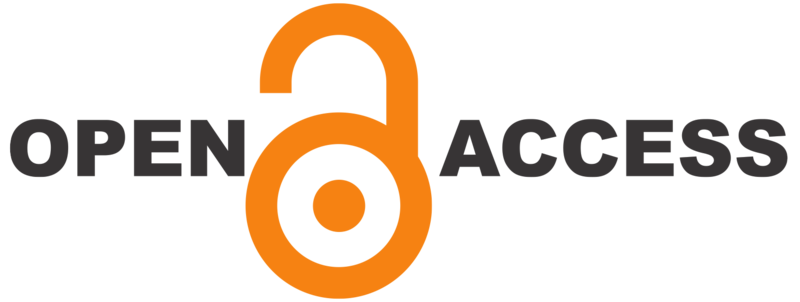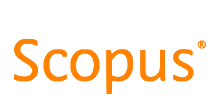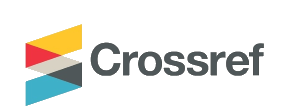Editorial
DOI:
https://doi.org/10.21153/jtlge2019vol10no2art853Abstract
Welcome to Volume 10 of the Journal of Teaching and Learning for Graduate Employability.
This is a momentous year for the Journal of Teaching and Learning for Graduate Employability – having started from scratch in 2010, this journal was established as an outcome of Curtin University’s ‘Curriculum 2010’ curriculum renewal initiative, particularly to create a forum where teaching academics might engage in scholarly reflection and research associated with graduate employability, a relatively new field in Australia at that time. In 2010, we welcomed contributions about any aspect of higher education teaching and learning which related to the broad topic of graduate employability, including but not limited to:
- Graduate employability and how it can be measured;
- The relationship between graduate employability and the achievement of graduate attributes, employability skills and preparation for global citizenship;
- Teaching and learning experiences, resources and assessments which enhance graduate employability;
- Industry partnerships and perspectives;
- Life-long learning.
As we go forward, it is appropriate to note our achievements to date: this year, the journal will have been publishing for ten consecutive years: we published sixty-four peer-reviewed articles by May 2019, and ten editorials, and we have just published our first special issue (with plans for more). We are all interested not just in publications, but their impact. Citations clearly take time to build so focussing on our first six years (2010 to 2016) our thirty-three peer-reviewed articles were cited (in total) 570 times, and five articles were cited more than 40 times (to May 2019). Our most highly cited article to date – with 78 citations – is Catherine Caballero and Arlene Walker’s “Work readiness in graduate recruitment and selection: A review of current assessment methods”.
Metrics
References
Aoun, J. E. (2017). Robot-proof: higher education in the age of artificial intelligence, MIT Press.
AQF Review Panel (2018). Incorporating shorter form credentials into the AQF. Canberra, Commonwealth of Australia.
Augar, P. (2019). Independent panel report: Review of Post-18 Education and Funding. London, Secretary of State for Education.
Commonwealth of Australia (2018). Performance-Based Funding for the Commonwealth Grant Scheme –Discussion Paper., Department of Education.
Ernst & Young (2019). The Future of Work and Workers. Melbourne.
Fain, P. (2018). On-ramps and off-ramps: Alternative credentials and emerging pathways between education and work, Inside Higher Ed.
Foundation for Young Australians (2016). The New Work Order. New Work Order. Melbourne, Foundation for Young Australians.
Gallagher, S. R. (2018). Educational Credentials Come of Age: A Survey on the Use and Value of Educational Credentials in Hiring. Boston.
Schwab, K. (2017). The fourth industrial revolution. Geneva, Portfolio: Penguin.
World Economic Forum (2016). The Future of Jobs: Employment, Skills and Workforce Strategy for the Fourth Industrial Revolution. Geneva, Switzerland.
Zemsky, R. (2009). Making reform work: The case for transforming American higher education, Rutgers University Press.











